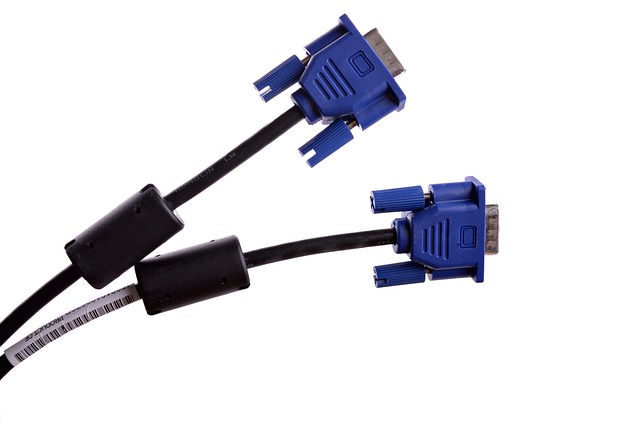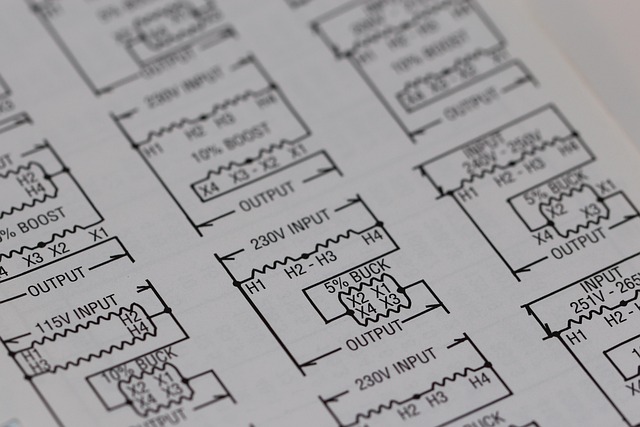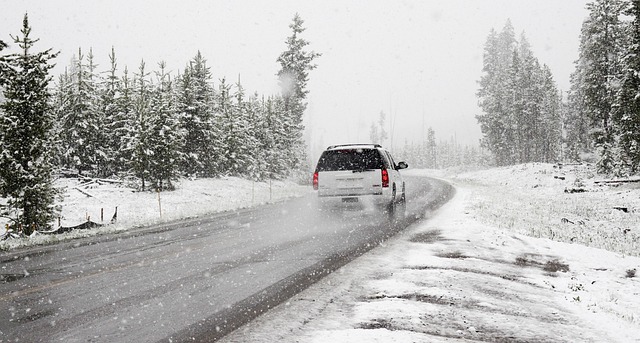
Hydroplaning Cdl
Understanding Hydroplaning
Hydroplaning occurs when a vehicle's tires lose contact with the road surface due to a layer of water. This phenomenon can lead to a loss of control, making it a significant concern for all drivers, particularly those with a Commercial Driver's License (CDL). Understanding the mechanics of hydroplaning and how to respond can enhance safety on the road.
How Hydroplaning Happens
When a tire encounters more water than it can disperse, water pressure builds up in front of the tire, pushing water underneath it. This results in a loss of traction, causing the vehicle to glide over the surface rather than grip it. Hydroplaning is most likely to occur shortly after rainfall, as the rain mixes with oil and debris on the road, creating a slippery layer.
Conditions Favoring Hydroplaning
Several factors can increase the likelihood of hydroplaning:
- Rainfall: The initial minutes of rain are particularly hazardous as the water mixes with oil on the road.
- Speed: Higher speeds can exacerbate hydroplaning, as tires are less able to displace water effectively.
- Tire Condition: Worn or improperly inflated tires are less effective at maintaining traction.
- Road Surface: Poorly maintained roads with puddles or debris can increase the risk of hydroplaning.
Statistics on Hydroplaning
According to the U.S. Department of Transportation, rain and wet pavement are leading causes of weather-related collisions in the United States. Understanding these statistics highlights the importance of safe driving practices, especially for commercial drivers who face stricter regulations and higher stakes.
Preventing Hydroplaning
While some hydroplaning incidents may be unavoidable, drivers can take several steps to reduce the risk:
- Maintain Tires: Regularly check tire pressure and tread depth to ensure optimal performance.
- Adjust Speed: Reduce speed during rain or when roads are wet to improve traction.
- Stay Aware: Be vigilant for signs of hydroplaning, such as a sudden loss of steering response.
- Use Headlights: Turn on headlights during rain to improve visibility for yourself and other drivers.
What to Do If You Hydroplane
If a driver finds themselves hydroplaning, it is essential to remain calm and follow these steps:
- Do Not Panic: Stay calm to maintain control of the vehicle.
- Avoid Sudden Movements: Do not jerk the steering wheel or slam on the brakes, as this can worsen the situation.
- Steer Straight: Keep the steering wheel steady and steer in the direction you want to go.
- Ease Off the Gas: Gradually reduce speed by easing off the accelerator.
Conclusion
Hydroplaning is a serious concern for all drivers, particularly those with a CDL. By understanding the conditions that lead to hydroplaning and implementing preventive measures, drivers can significantly enhance their safety on wet roads. Regular vehicle maintenance and cautious driving practices are key to reducing the risk of losing control in adverse weather conditions.

















 Equestria Daily: Your One-Stop Pony Shop! 🐴✨
Equestria Daily: Your One-Stop Pony Shop! 🐴✨ 
 Health
Health  Fitness
Fitness  Lifestyle
Lifestyle  Tech
Tech  Travel
Travel  Food
Food  Education
Education  Parenting
Parenting  Career & Work
Career & Work  Hobbies
Hobbies  Wellness
Wellness  Beauty
Beauty  Cars
Cars  Art
Art  Science
Science  Culture
Culture  Books
Books  Music
Music  Movies
Movies  Gaming
Gaming  Sports
Sports  Nature
Nature  Home & Garden
Home & Garden  Business & Finance
Business & Finance  Relationships
Relationships  Pets
Pets  Shopping
Shopping  Mindset & Inspiration
Mindset & Inspiration  Environment
Environment  Gadgets
Gadgets  Politics
Politics 